Surely everyone has heard of Germany's highest mountain the Zugspitze. At 2,962 meters (9.717 ft), this impressive peak rises far above sea level and few other peaks match the panoramic views of the Zugspitze. Weather permitting, at the top of your Zugspitze hike, you can see not only the Eibsee but also the Feldberg in the Black Forest, the Watzmann and the imposing Großglockner; Austria's highest mountain. So, grab your hiking boots and find your way to Germany's highest point! Auf geht's!
The Zugspitze Tour, also called the Zugspitztour by the Germans, is a unique tour with the ultimate goal of climbing and hiking the Zugspitze. The mountain range is equipped with enough cable cars to reach the top in one day, but only a hut-to-hut tour makes the experience a real triumph. In just 3 days, you can climb the Zugspitze while spending the night at cozy mountain huts and crossing the German-Austrian border at over 2,000 meters (6.561 ft) altitude. During the hut tour, enjoy the famous Partnach Gorge, waterfalls and streams in the Reintal Valley and challenging steep rock sections. Will we see you at the top?



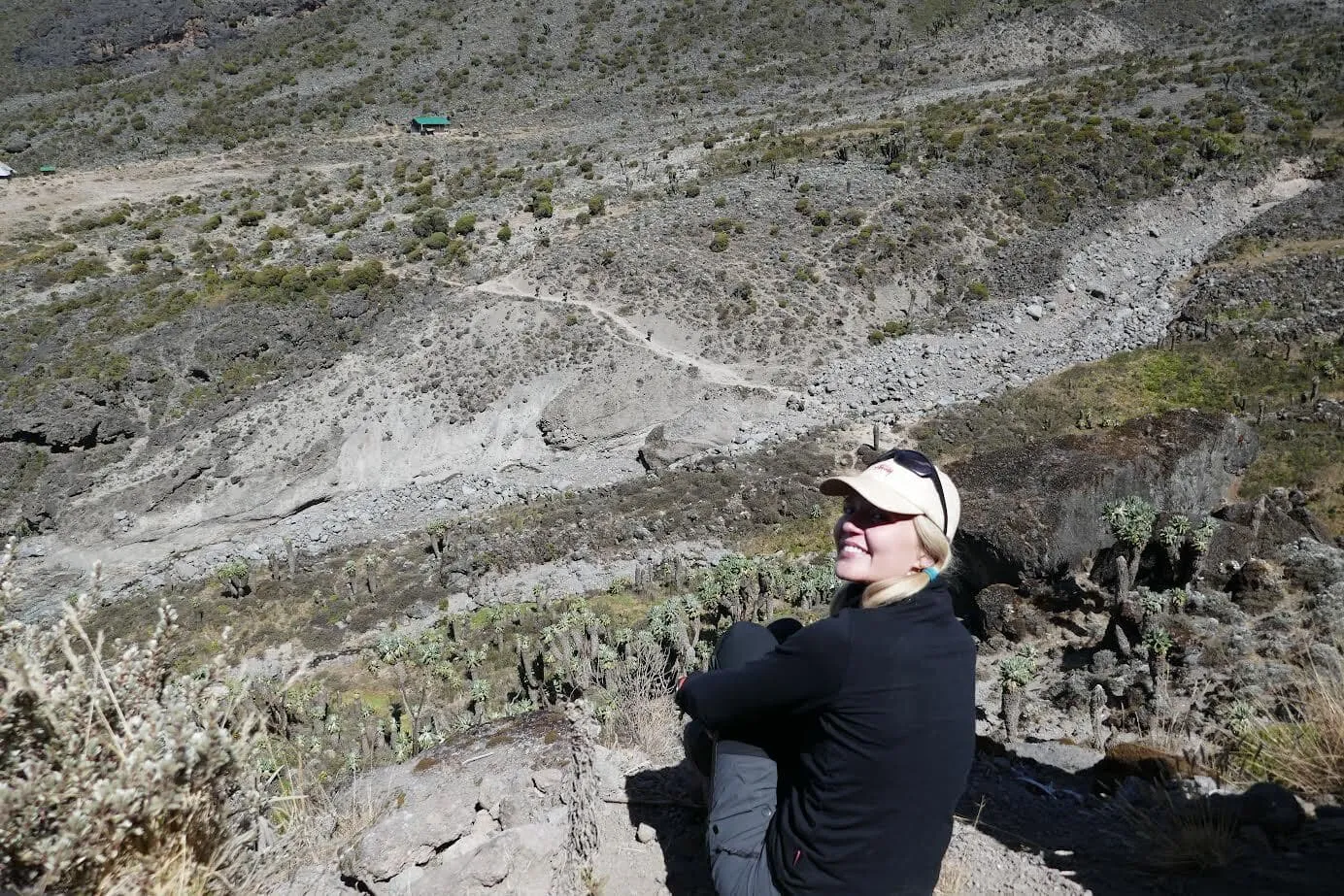
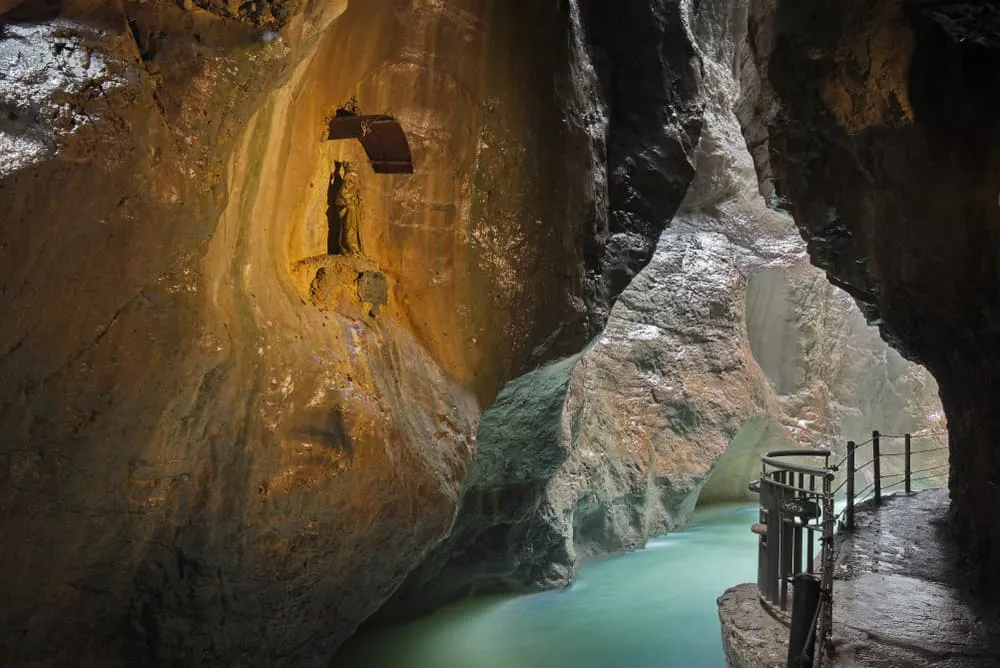
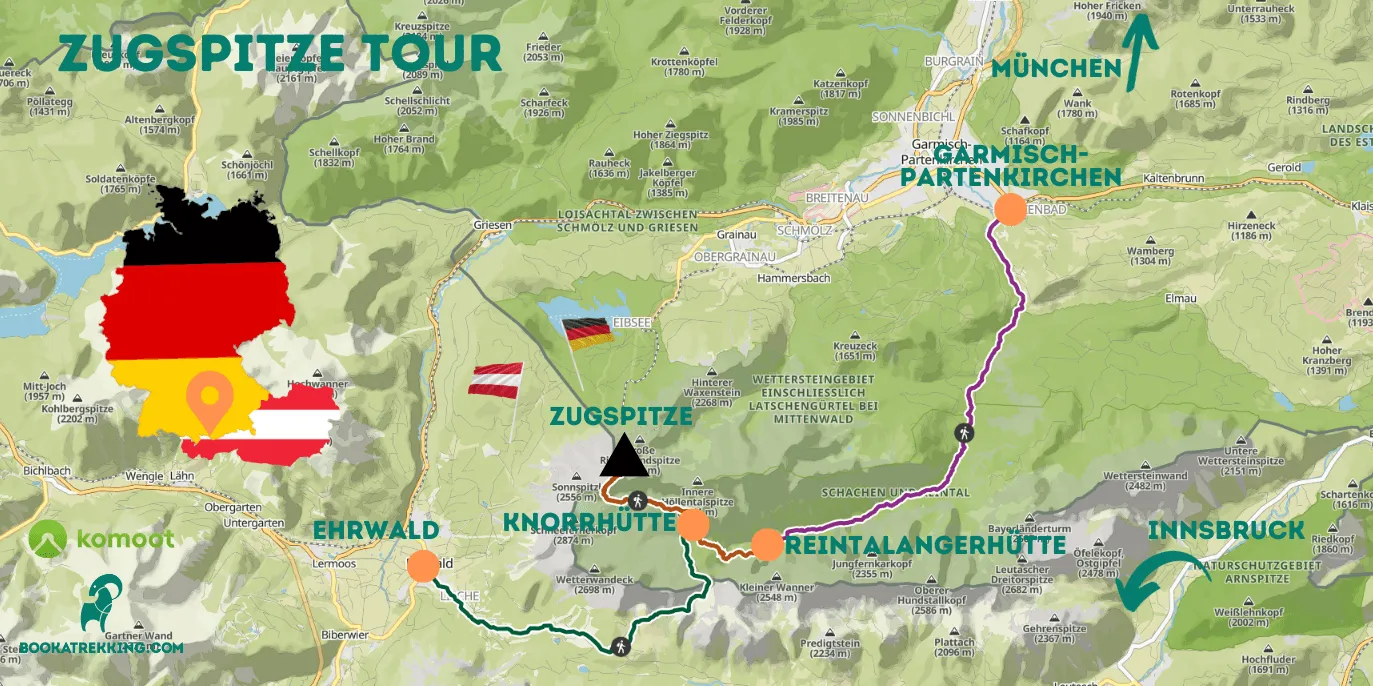
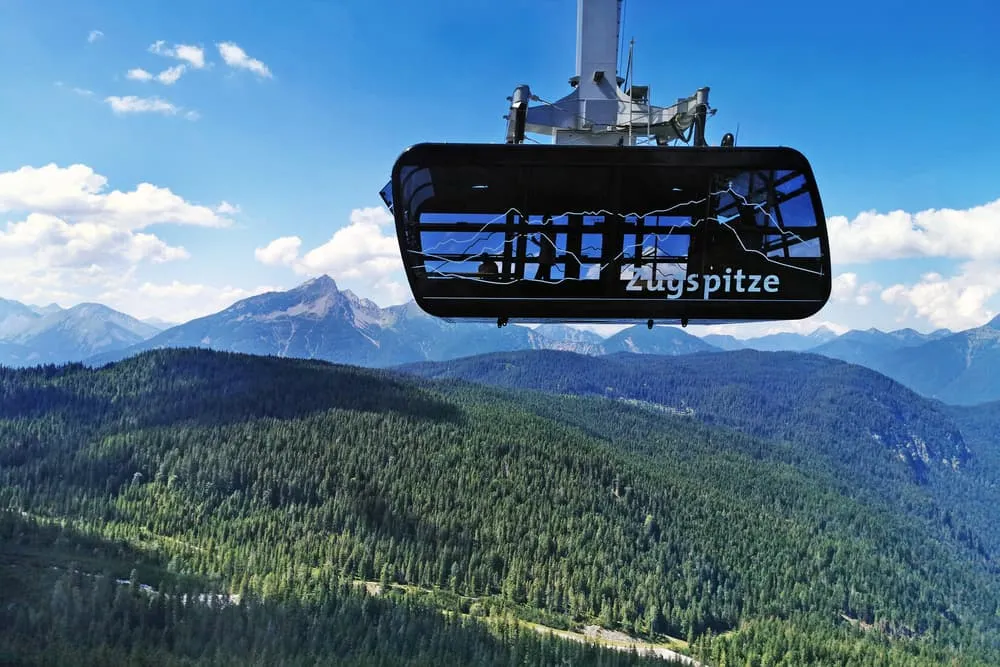
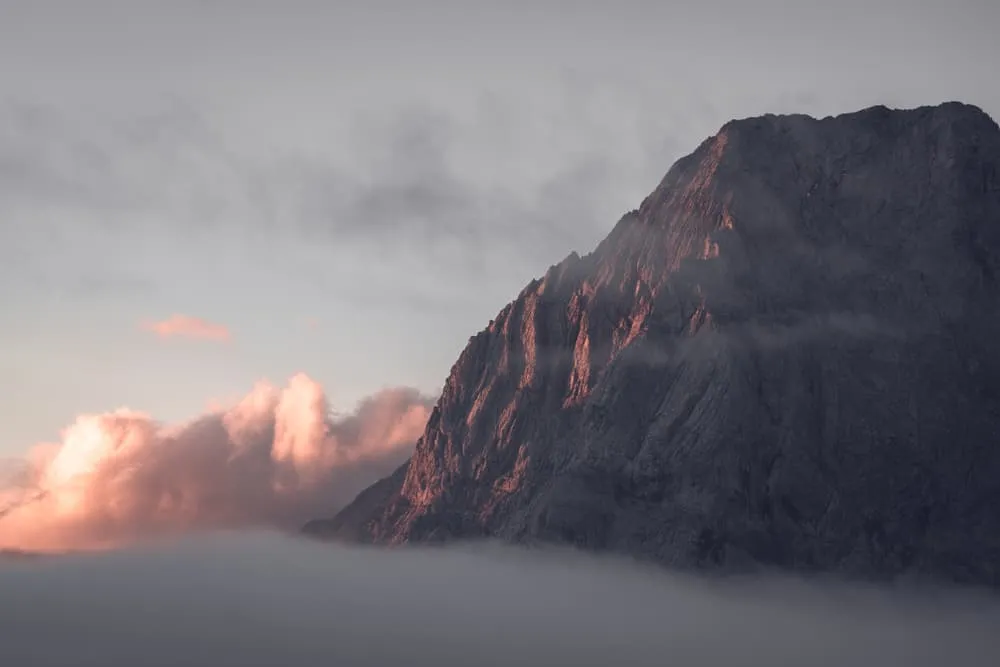
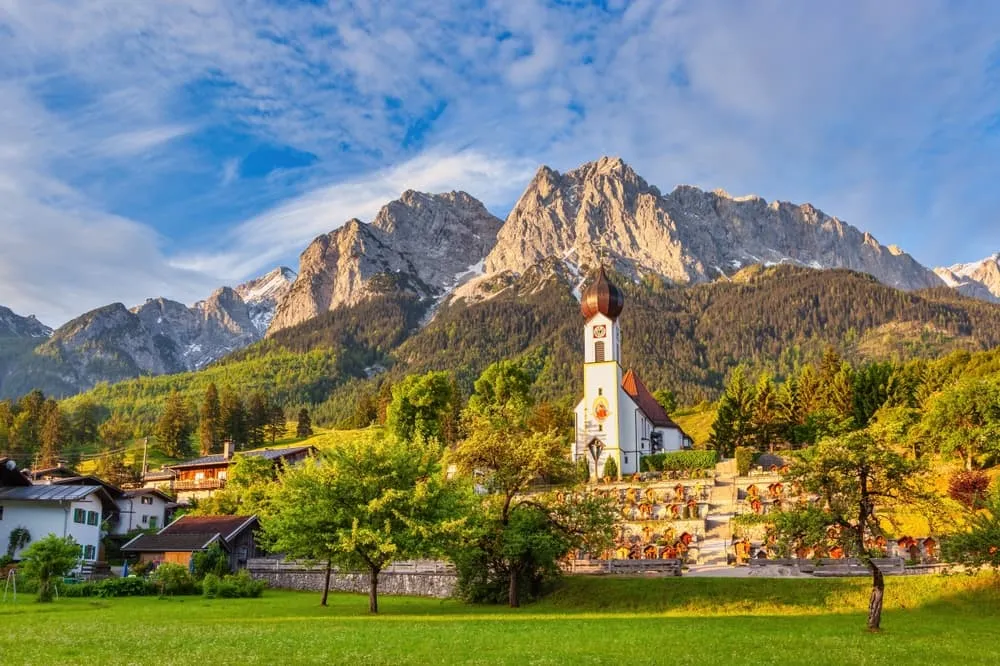
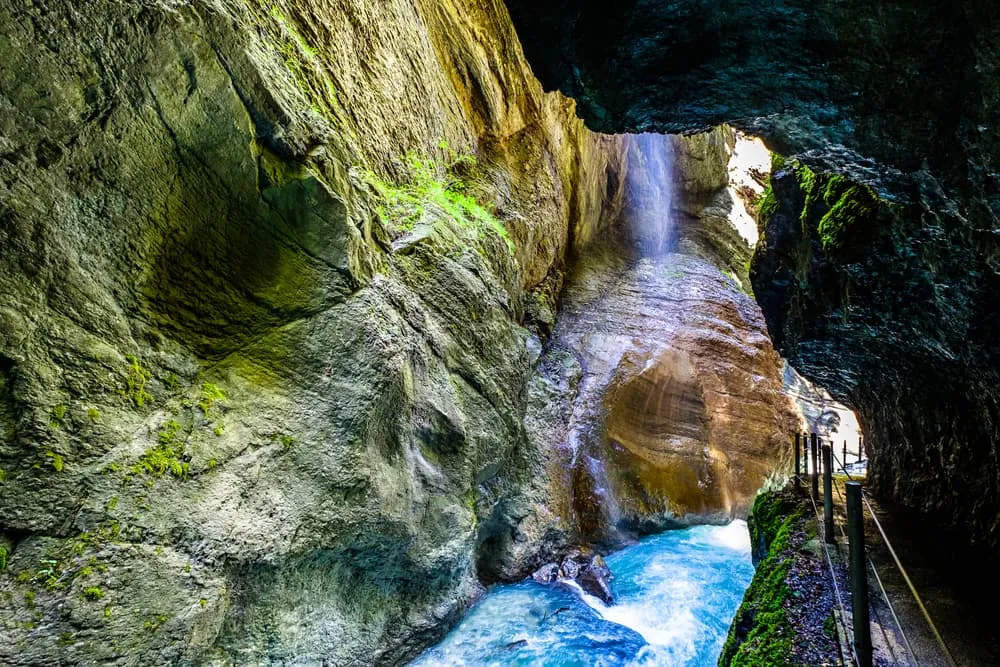
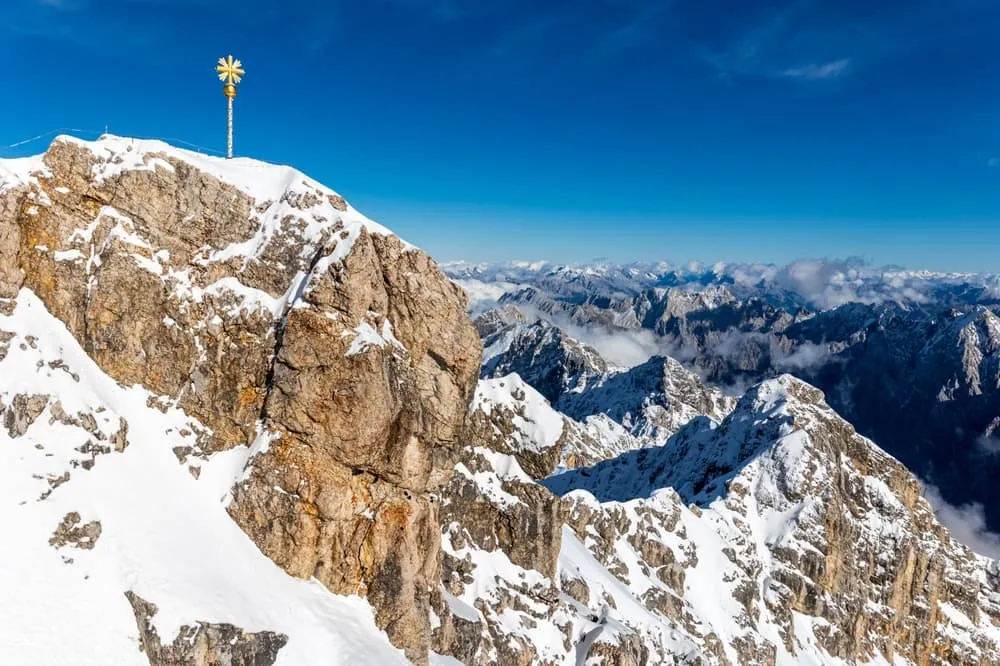


Comments